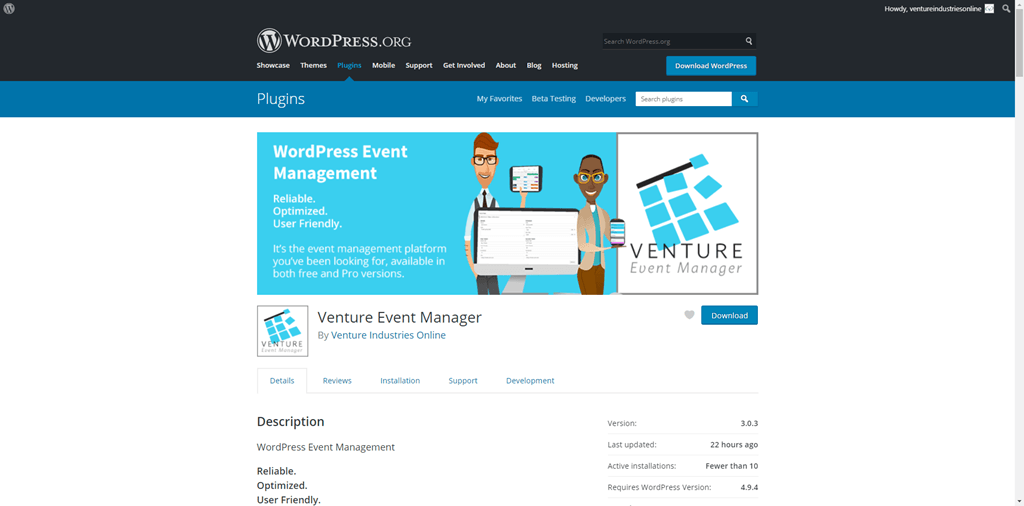Sometimes, it feels like the days just melt away, but it’s better to be busy than bored. To that end, here are some of the things that occupy my time as of late.
Consulting Work
I’m very happy to say that the musician employment agreement model I wrote about back in April 2019 is starting to catch on. While I can’t go into nearly as much detail as that article, I can say there have been two projects where key musicians created mutually exclusive individual agreements to their overscale agreement that define duties and responsibilities reaching beyond traditional artistic expectations.
Both instances fairly compensate the musicians for these contributions while managing to steer clear of the conventional, yet warranted, anxiety that musicians will be expected to do more for the same or less pay.
I’m confident that both projects help redefine professional relationships and maximizing the orchestra as employer’s talent pool without jeopardizing existing artistic requirements for musician employment.
While two over the course of nine months may seem small, it’s lightspeed level progress for this field.
One of the more intriguing aspects is the amount of effort to achieve buy-in from the employer. In one instance, it was comparatively easy thanks to a forward-thinking executive and a musician with a proven track record. The other instance was a different story in that it took months of meticulous work on the musician’s part before serious discussions could ensue.
The good news is both were ultimately successful and while two out of two may seem like a small number, it’s still a 100 percent success rate.
In addition to those projects, upcoming events in February and March include conference appearances.
Venture Platform Work
Venture continues to grow by leaps and bounds. We’ve had so many new user projects combined with existing design update work that I haven’t been able to get all the new users up at Venture’s client portfolio.
Over the past six weeks, we’ve launched three new users (listed alphabetically):
- Austin Chamber Music Center: the highlight of this project was both external in the form of vastly improved user experience and internal by providing a wealth of new features that save staff dozens of hours in content management tasks. ACMC’s site features a number of landing pages designed to gather a broad array of program and performance
- Hoyt Art Center: this organization had maxed out the limits of their previous platform and needed to redesign their extensive adult and youth class registration process. Previously, it took no less than clicking through four pages for users to register for a class and if payments were involved, they could tack one or two more pages onto the process. We ended up embedding most registration forms directly into class description pages with a same-page checkout experience. That means Hoyt can send patrons directly to those pages from email and social campaigns then allow them to register and pay all from the same page.
- New Albany Symphony Orchestra: a project that demonstrates just how much a group with a firm budget can accomplish. In addition to their primary site, we also created a separate musician site and a dedicated fundraiser site for their annual 5k run. The project provided an opportunity for the group to reflect on recent growth and establish the prominent role they serve within their cultural landscape.
Currently, we’re working with the San Antonio Symphony on their new website, which is expected to launch within the next few weeks.
On top of all that, we’re neck deep in a major project designed to disrupt how nonprofit performing arts orgs sell tickets and manage donor info. I know, vaguebooking is frustrating but that’s all I’m able to put out there so far. Stay tuned…
Online Publishing Network
All the existing platforms are marching ahead at a steady pace. ArtsAdminJobs has seen crazy-fantastic growth over the past year and considerable improvements have gone into infrastructure and automation. ArtsHacker has reached a solid core reader base as have all of the active blogs at Inside The Arts. From an editorial perspective, I’m thrilled to say that improvements to efficiency mean less time spent making things work and more time spent on content creation.
And since you’re here reading Adaptistration, you probably have a good sense of where things are already 😉


